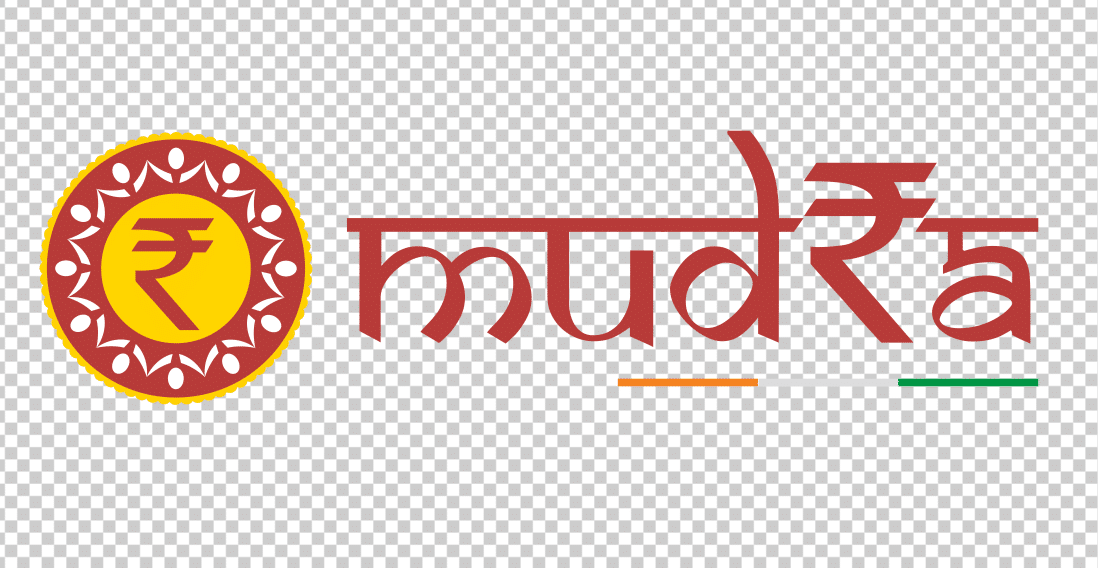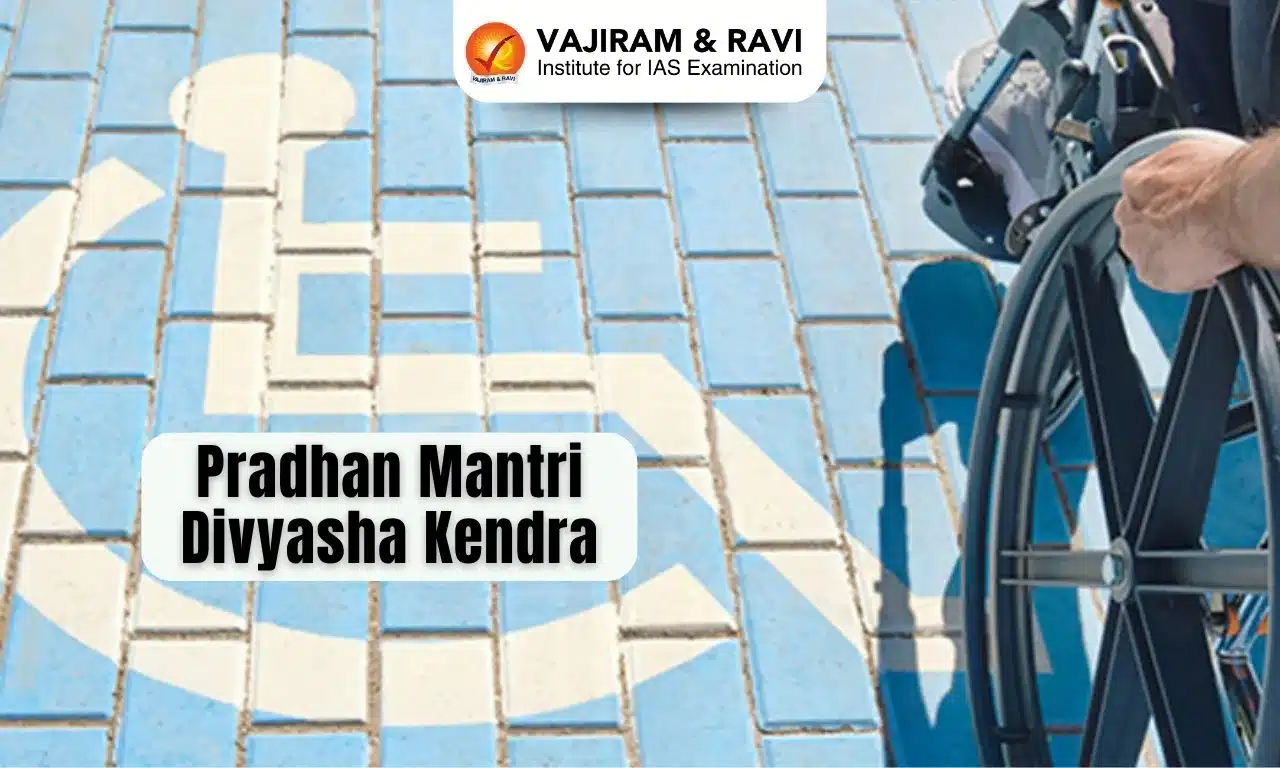About Pradhan Mantri Mudra Yojana (PMMY):
- Pradhan Mantri Mudra Yojana (PMMY) is a flagship initiative by the Government of India that was launched in 2015 and aimed at providing affordable credit to micro and small enterprises.
- It focuses on integrating underserved enterprises into the formal financial system by offering them easy access to credit.
- Objective: The scheme is designed to “fund the unfunded,” enabling small borrowers to secure loans from various financial institutions including Public Sector Banks (PSBs), Regional Rural Banks (RRBs), Cooperative Banks, Private Sector Banks, Foreign Banks, Micro Finance Institutions (MFIs), and Non-Banking Financial Companies (NBFCs).
- Loan details:
- Loan amount: Up to ₹10 lakh for non-farm income-generating activities in sectors such as manufacturing, processing, trading, and services.
- Eligibility: Any Indian citizen with a viable business plan for a non-farm sector income-generating activity requiring credit below ₹10 lakh can apply for a MUDRA loan through banks, MFIs, or NBFCs.
- Categories of Loans:
- Shishu: Loans up to ₹50,000, aimed at new and micro enterprises.
- Kishore: Loans ranging from ₹50,000 to ₹5 lakh, for businesses in the growth phase.
- Tarun: Loans from ₹5 lakh to ₹10 lakh, for businesses looking to expand further.
- Subsidy: There is no direct subsidy under PMMY. However, if a loan is linked to a government scheme that provides capital subsidies, the loan can be availed under PMMY with the associated benefits.
Impact of MUDRA 1.0:
- Loan disbursement: Over Rs 27.75 lakh crore was disbursed to 47 crore small and new entrepreneurs, significantly boosting the grassroots economy and providing access to formal credit for previously excluded populations.
- Inclusivity: Approximately 69% of MUDRA loan accounts are held by women, and 51% by SC/ST and OBC entrepreneurs, promoting gender equality and social equity.
- Job creation: The scheme has been instrumental in creating jobs, particularly in rural and semi-urban areas, encouraging self-employment and the growth of small businesses.
Vision for MUDRA 2.0:
- Expanded scope: MUDRA 2.0 should widen its scope, focusing on improving outreach, especially in rural and semi-urban areas, and providing comprehensive services like financial literacy, mentorship, and business support.
- Financial literacy programmes: Nationwide initiatives should be introduced covering budgeting, savings, credit management, investment strategies, and digital literacy to reduce default rates and improve business operations.
- Enhanced Credit Guarantee Scheme (ECGS): To encourage more lending to small and microenterprises, MUDRA 2.0 should include an ECGS, reducing risk for financial institutions.
- Robust Monitoring and Evaluation Framework (RMEF): Leveraging technology, MUDRA 2.0 should implement a framework for real-time tracking of loan disbursements, utilisation, and repayments, ensuring transparency, minimising misuse, and improving efficiency.
Beneficiary impact assessments should be included to measure socio-economic outcomes and guide policy enhancements.
Q1. What is ASEEM Portal?
MSDE has launched Atma Nirbhar Skilled Employees Employer Mapping (ASEEM) portal, which is a directory of skilled workforce. The objective is to provide a platform that matches supply of skilled workforce with the market demand, thereby facilitating better livelihood opportunities for youth and availability of ready skilled manpower to employers. It is managed by NSDC.
Source: MUDRA 2.0 loans should target greater equity, deepen financial literacy | The Indian Express
Last updated on July, 2025
→ UPSC Notification 2025 was released on 22nd January 2025.
→ UPSC Prelims Result 2025 is out now for the CSE held on 25 May 2025.
→ UPSC Prelims Question Paper 2025 and Unofficial Prelims Answer Key 2025 are available now.
→ UPSC Calendar 2026 is released on 15th May, 2025.
→ The UPSC Vacancy 2025 were released 1129, out of which 979 were for UPSC CSE and remaining 150 are for UPSC IFoS.
→ UPSC Mains 2025 will be conducted on 22nd August 2025.
→ UPSC Prelims 2026 will be conducted on 24th May, 2026 & UPSC Mains 2026 will be conducted on 21st August 2026.
→ The UPSC Selection Process is of 3 stages-Prelims, Mains and Interview.
→ UPSC Result 2024 is released with latest UPSC Marksheet 2024. Check Now!
→ UPSC Toppers List 2024 is released now. Shakti Dubey is UPSC AIR 1 2024 Topper.
→ Also check Best IAS Coaching in Delhi














